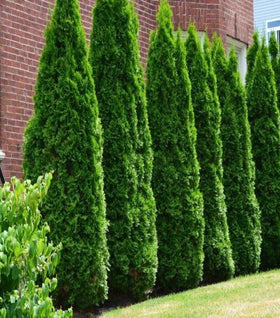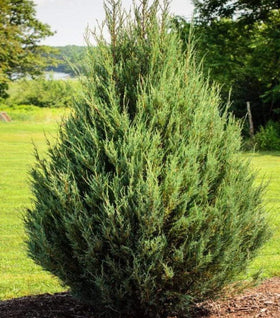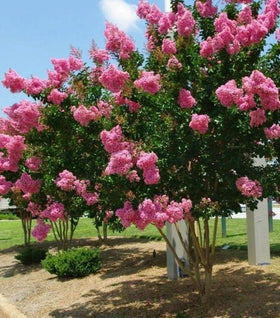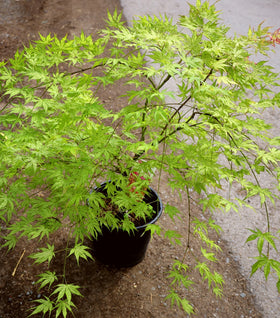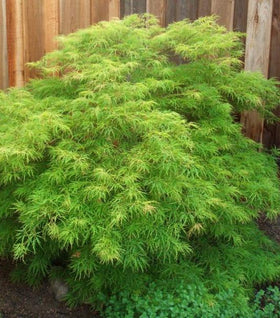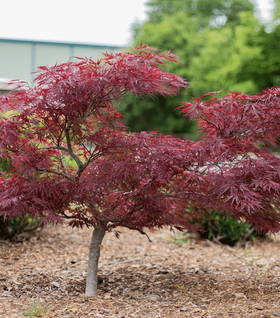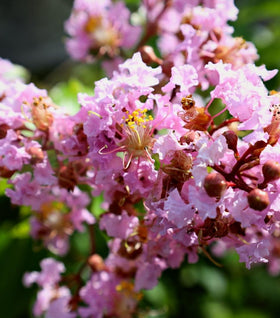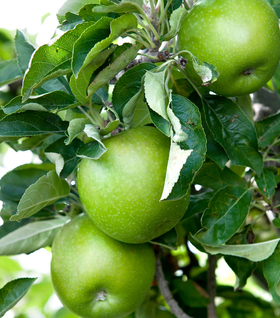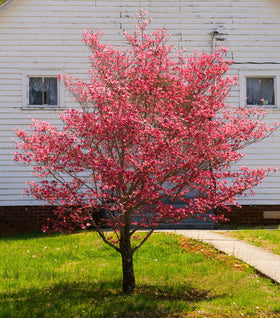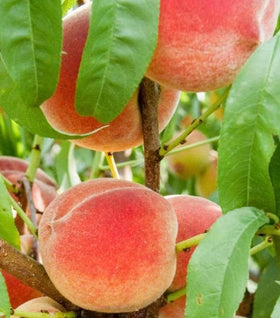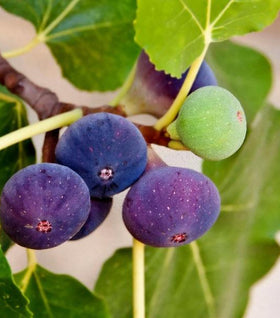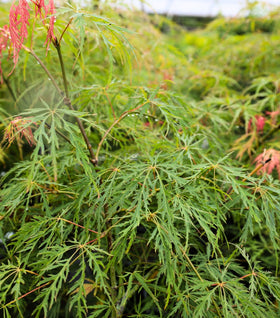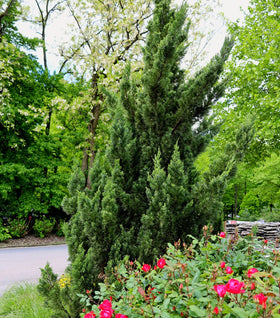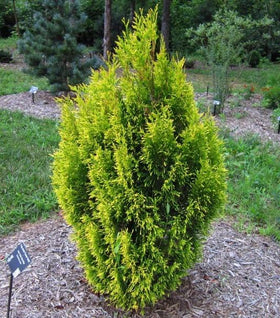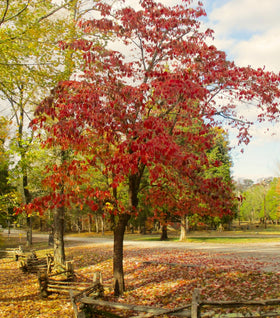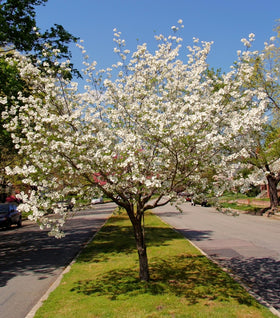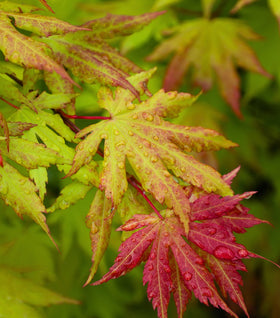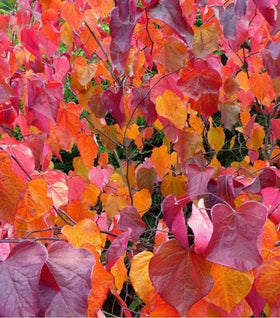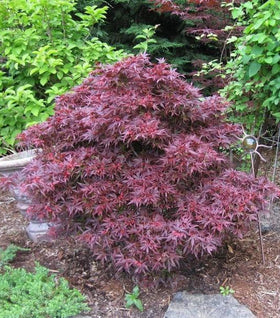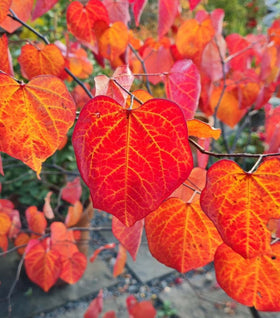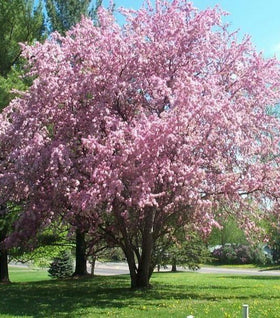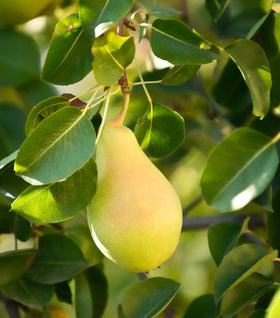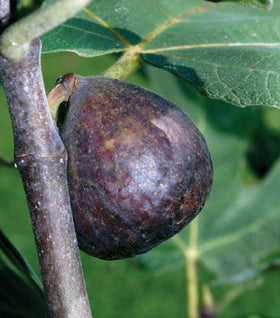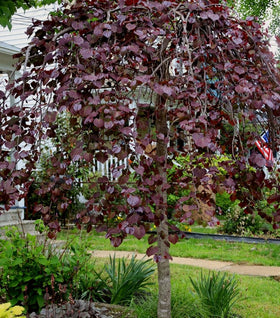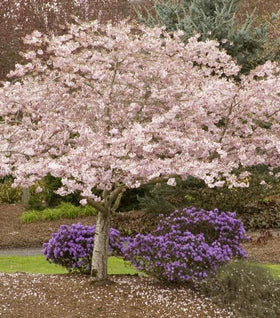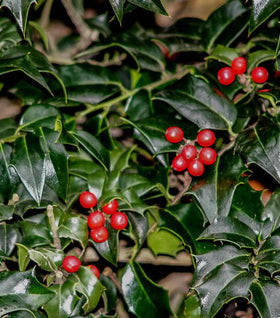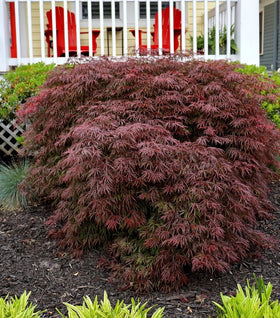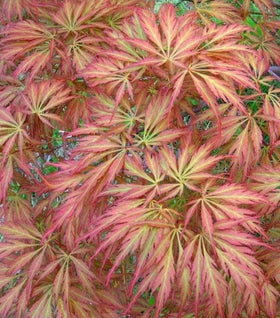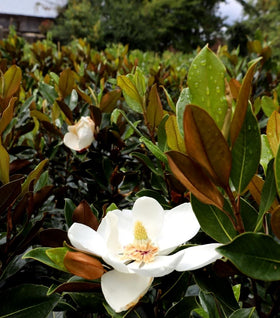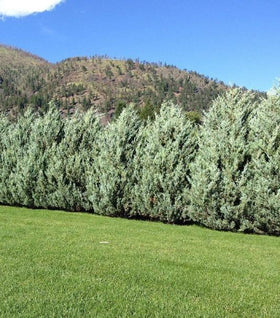Dwarf Trees
Small footprint, big design impact—that’s the promise of our Dwarf Trees collection. We hand-pick compact Japanese Maples, dwarf conifers, patio-ready flowering trees, and small-space fruit trees that deliver four-season color and structure without overpowering tight beds or hardscapes. Expect honest specs on mature height, spread, growth rate, and light needs, so you can match the right tree to balconies, townhome courtyards, and cozy front gardens.
Every tree is nursery-grown, zone-ready, and shipped fast with clear planting, watering, and pruning guidance. Whether you’re flanking an entry with symmetrical evergreens, adding spring bloom in a foundation bed, or creating a container focal point, shop with confidence—your order is backed by our "We Grow Together" Promise.
Design smarter in small spaces. This collection features Dwarf Japanese Maples with laceleaf texture and jewel-tone foliage, dwarf conifers for year-round structure, compact flowering trees (such as small Magnolias, Cherries, and Fringe Trees), and patio fruit trees grafted onto size-controlling rootstocks. Most reach 5–12 feet in height at maturity, making them ideal for containers, foundation beds, narrow side yards, and under power lines.
We prioritize clean foliage, strong branching, and dependable color/bloom in real-world conditions. You’ll find clear notes on habit (weeping, upright, globe), fall color, bark interest, and container suitability, making it easy to build four-season compositions in limited footprints.
Growth Habits & Seasonal Interest of Dwarf Trees
Dwarf trees pack four seasons of style into compact frames. Spring brings fresh flushes and blossoms, summer showcases dense canopies that soften edges, fall reveals maple crimsons and ambers, and winter reveals sculptural branching and patterned bark on select cultivars. Many dwarf conifers hold rich color all winter, anchoring beds when perennials rest.
Habits vary to fit the job: weeping forms spill over walls and container rims; upright ovals slot neatly beside porches; globose/pyramidal evergreens bring geometry and repetition for formal looks. Slower growth translates to less pruning and easier long-term care.
Landscape Uses & Functional Benefits of Dwarf Trees
Use dwarf trees to frame entries, punctuate corners, and layer height without blocking windows or walkways. Create four-season container focal points by pairing a dwarf tree (thriller) with spillers and fillers, or repeat compact conifers along paths for rhythm and structure. In small yards, dwarf fruit trees provide edible harvests with a manageable size and easy picking.
Dwarf trees also solve tricky sites—tight setbacks, courtyard heat islands, and narrow beds along drives. Combine with low-maintenance groundcovers and evergreen shrubs to minimize weeding while maximizing curb appeal.
Maintenance & Durability Advantages
The right plant, in the right place, keeps care simple. Most dwarf trees prefer full sun to part sun and well-drained soil. Plant with the root flare at or slightly above grade in a hole 2× as wide as the root ball; backfill with native soil, water deeply, and mulch 2–3 inches (off the trunk). Containers should have drainage holes and a quality potting mix.
Prune lightly to preserve natural form—often just a post-bloom tidy (for flowering types) or a late-winter touch-up (for maples and conifers). Feed in early spring with slow-release fertilizer or compost if growth appears to be lagging. In containers, monitor moisture more frequently and refresh potting mix every 2–3 years to keep roots vigorous.

